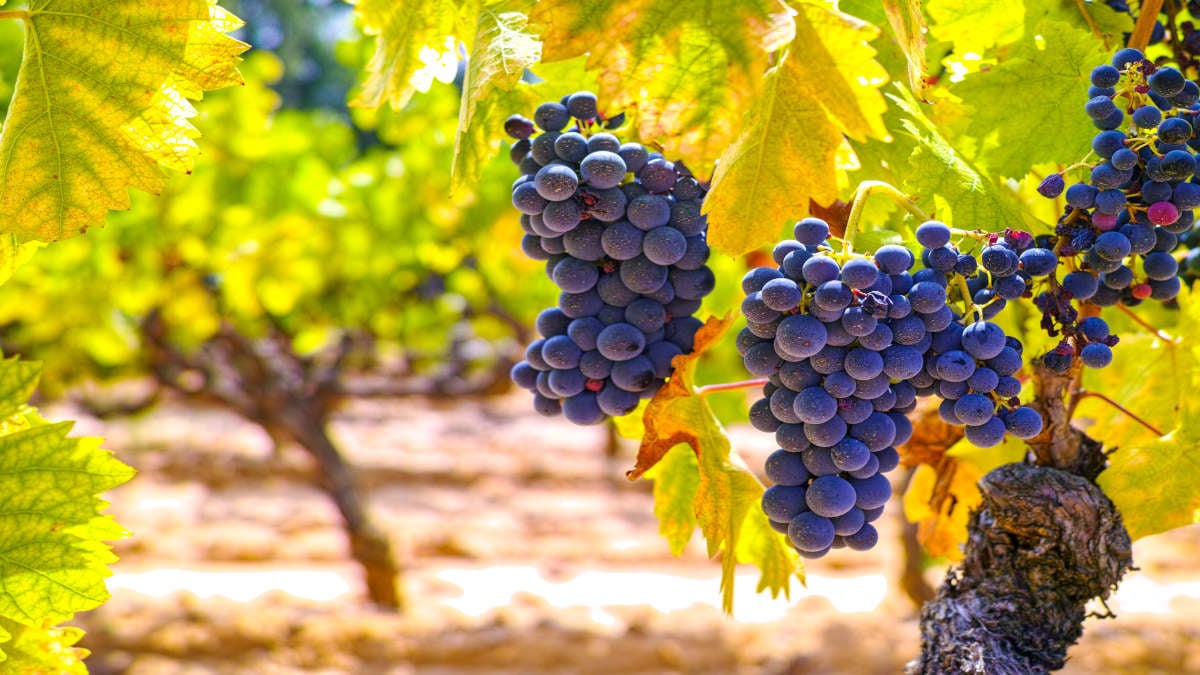The excellence of the vineyard grapes produced by a vineyard makes all the difference in the world when it comes to a successful vineyard. A successful vineyard is based on many factors that in point of fact are dependent on the whole process of wine making from start to finish. Many vineyards have failed when they realize it often can be a complicated and demanding undertaking, and that sweet vineyard grapes alone do not guarantee the best wines.
You need expert knowledge when growing quality grapes and you need to understand all of the technical points associated with the vineyard business. Following are some guidelines:
1. Understanding how the vineyard grapes mature and develop and what factors affect their development, whether good or bad, as part of their characteristics is important.
2. There are varying cultivars that are different from one another, so knowing creative cultural practices is very important and need to be applied.
3. Knowing how different diseases and pests proliferate, stay alive, and become harmful and damaging to the grapevines is another important factor.
You need to have plan of attack to fight these threats that can affect your vineyard grapes. Continuing education is crucial to a beginning grower if they want to be successful in raising vineyard grapes.
There are many facets of managing a vineyard , such as managing rows and their spacing. Here are some suggestions to begin with:
1. The factors that determine row orientation, and spacing between and within rows can be determined by surveying your site in the beginning.
2. You have to allow enough turning space for the tractor and other tools and apparatus used to train, prune and harvest the vineyard grapes, when you are planning row orientation.
3. Whether you are using mechanical or manual labor should be considered when planning row orientation for vineyard grapes, since manual labor might allow closer spacing.
4. Irrigation and drainage systems can influence your choices of the other processes, so you should give them strong consideration when planning and designing your vineyard.
Design and Layout of your Vineyard
Straight rows are considered optimal for vineyards. An orientation of North-South direction allows greatest exposure of sunlight. Contour planting or straight rows might be required if planting your vineyard grapes across a slope. Very often your local college or state university agriculture department will provide advice and different techniques on sloping site vineyards.
Management of the Canopy
Shoots, leaves and fruit need a harmonious balance so that the vineyard grapes will have the desired properties, and get the drainage and exposure to sun that they need to be prolific.
Training the canopy system should provide for leaves being oriented for maximum sunlight, as well as good air circulation. Abundant supplies of vineyard grapes are dependent on good ripening and rapid drying after rain or dew and lower humidity, because this is the best defense against fungus or molds forming on the leaves and fruit.
Vineyard design and vine balance includes:
1. Appropriate spacing of vines and rows is important in producing the best vineyard grapes.
2. A suitable training and trellis system needs to be used for maximum production of vineyard grapes.
Finally, proper balance cuts down on vineyard canopy management. Attention to standard pruning, shoot thinning, and positioning is all that is required often times.
